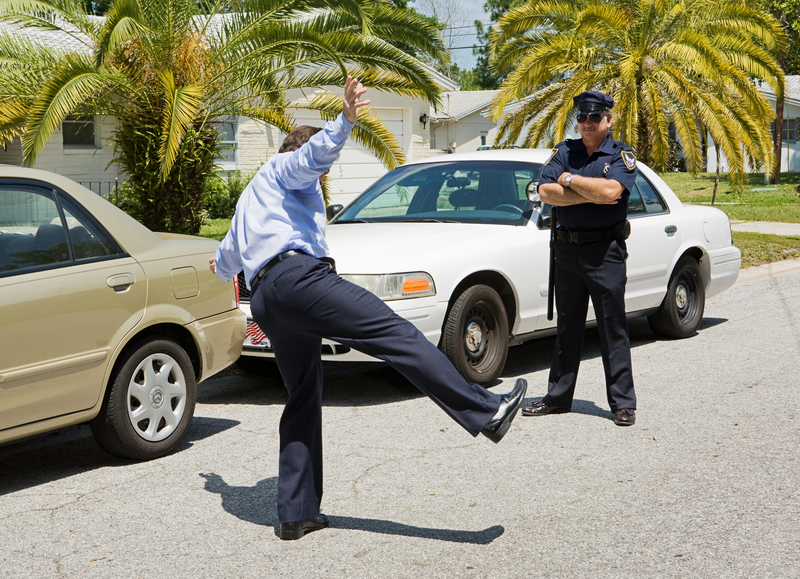 Standardized field sobriety tests (SFSTs) are administered in nearly every DUI/OVI case in Columbus and central Ohio. A previous post in this blog analyzed the standard for admitting the tests as evidence in court: the SFSTS must be administered in substantial compliance with the officers’ training manual for the tests to be admissible. A recent case in an Ohio appellate court applied that standard and concluded the tests were not admissible in Middleburg Heights v. Gettings.
Standardized field sobriety tests (SFSTs) are administered in nearly every DUI/OVI case in Columbus and central Ohio. A previous post in this blog analyzed the standard for admitting the tests as evidence in court: the SFSTS must be administered in substantial compliance with the officers’ training manual for the tests to be admissible. A recent case in an Ohio appellate court applied that standard and concluded the tests were not admissible in Middleburg Heights v. Gettings.
In the Gettings case, a trooper stopped the defendant for weaving and observed the “usual trilogy” of signs that the defendant was under the influence: the odor of alcohol, slurred speech, and bloodshot/glassy eyes. The trooper administered a ‘condensed’ horizontal gaze nystagmus (follow the pen with your eyes) test, then had Gettings get out of the car. The trooper then administered all three standardized field sobriety tests, despite the defendant’s knee problems. The trooper arrested the defendant, and the defendant blew over the high-test limit on a breath test. In court, the defendant filed a motion to suppress the field sobriety tests and also argued that the trooper did not have justification to arrest him. The judge overruled both motions.
The appellate court saw things differently. By filing the motion, the defendant put the burden on the prosecution to prove the field sobriety tests were administered in substantial compliance with the SFST manual issued by the National Highway Traffic Safety Administration (NHTSA). At the hearing on the defendant’s motion, the prosecutor did not elicit any testimony from the trooper regarding the trooper’s training in SFSTs, did not introduce the NHTSA manual as evidence, and did not even ask the trooper any details about how the tests were administered. The prosecutor simply asked the trooper if the tests were performed in compliance with the NHTSA manual, and the trooper said they were.
The Court of Appeals found the trooper’s conclusory statement was insufficient to prove the SFSTs were administered properly. The Court also commented on the fact that the trooper was aware the defendant had bad knees and walked with a limp but nevertheless made the defendant perform the ‘Walk And Turn’ and ‘One Leg Stand’ tests. Ultimately, the appellate court ruled that the field sobriety tests were not admissible as evidence. The court remanded the case to the trial court to determine whether, without the field sobriety tests, the officer’s arrest of the defendant was justified.
The conclusion in the Gettings case should be a no-brainer. When the prosecution has the responsibility of proving the tests were administered in substantial compliance with the NHTSA standards, it is impossible to satisfy that responsibility without at least eliciting testimony regarding what those standards are. It seems like the prosecution should also have to admit the manual itself as evidence rather than relying on the officer’s claim “that’s what the manual says”. Some appellate courts, however, have upheld the admissibility of field sobriety tests without the introduction of the NHTSA manual. For this reason, I take copies of the NHTSA manual to every hearing on field sobriety tests so there is no question how the tests are supposed to be administered and how the officer deviated from the manual.
 Columbus OVI/DUI Attorney Blog
Columbus OVI/DUI Attorney Blog

